The dry spell that made up the start of the winter has ended, but its affect on the snowpack has not. Things are an unstable mess. With pretty much all steep terrain off-limits, the same few standard low angle runs in the Cottonwood canyons have grown a little bit boring. I was excited then when Nate hit me up earlier in the week looking to brainstorm something a little further afield. I proposed Heavens Halfpipe and, after a quick google, Nate was in.
Sitting between Lone Peak and Big Horn, Heavens Halfpipe is a beautiful line, half a mile wide, and, more importantly, almost entirely under 30 degrees. It also faces due south, eliminating some of the concern about deep persistent weak layers. The cost of entry? The run itself starts almost four miles and 3,000 vertical feet above the parking lot. The forecast also looked stormy, and, while most of the terrain is fairly benign, it’s still big terrain and not the kind of place you want to be blindly navigating by feel in a whiteout. Lucky Nate is a generally psyched human and assured me that even if we got to the run and had to turn around a nice walk with skis would still be fun.
We got to the trailhead and were thrilled to see overnight snow had covered the jeep road from the parking lot. It is unusual for the snowline to be that low and we had planned to hike for at least a couple of miles with our skis on our back. We happily changed into our ski boots and started skinning up the road.

We soon arrived at the First Hamongog (apparently a biblical reference to a burial site of an army struck down by God, really just a meadow) and was pleased to see that a group ahead of us was breaking trail. This made navigating easy, and we followed the track up the hillside.
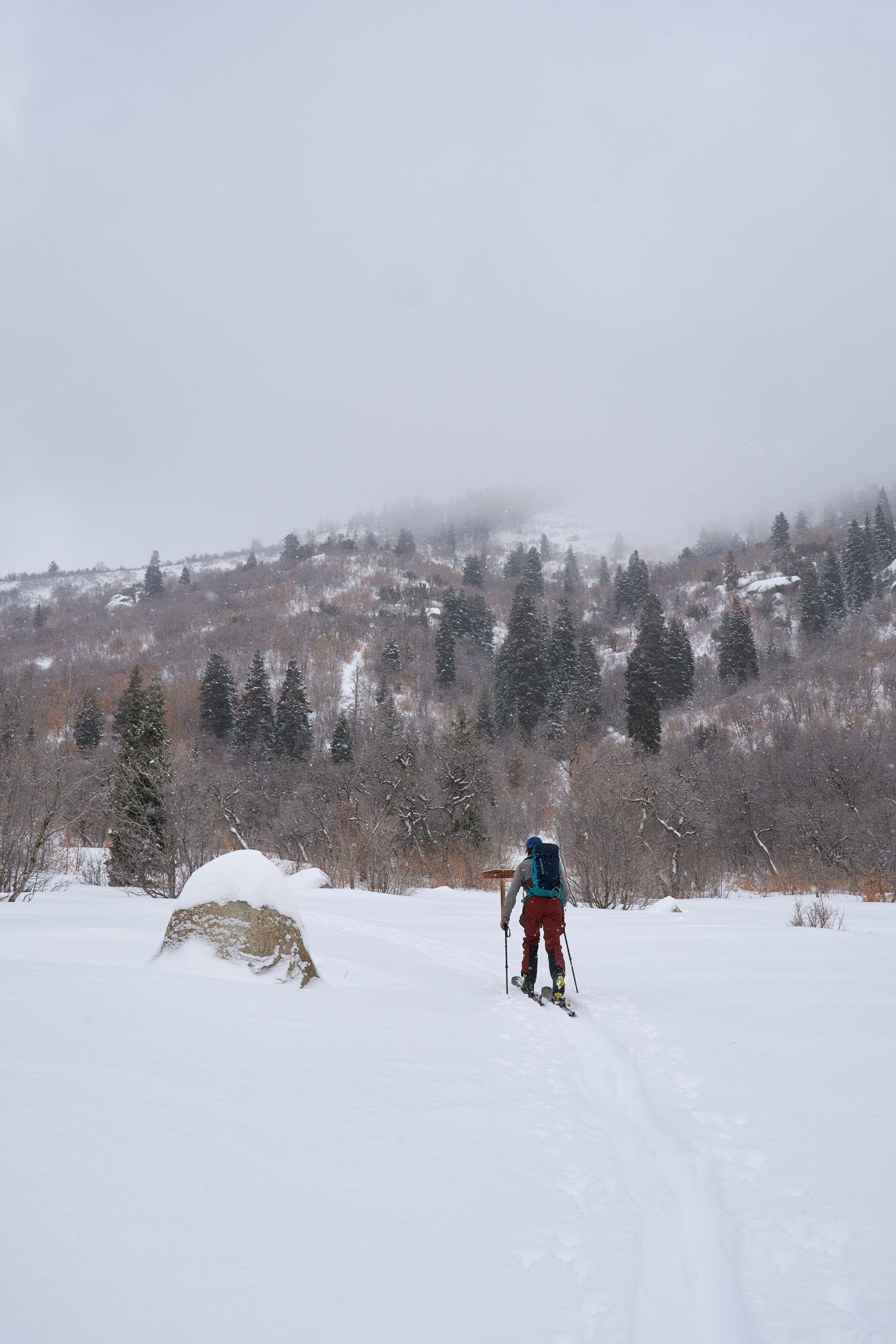
We caught the group a couple hundred vertical feet below the Second Hamongog and took over breaking trail. At this point, we were definitely in the clouds and visibility was probably only about a quarter of a mile. I was unsure what we would find above the Second Hamongog (the real start of the run), but we continued up with some helpful navigation hints from the group on our tails. We arrived at the start of Heavens Halfpipe with almost no visibility, making it hard to get oriented. The group behind us has been up the line before, and decided to head up on the right side of the valley. They seemed confident in their navigation, but we were worried about the steeper looking ridge above them and the eventual overhead hazard of the hanging snowfields on Big Horn. After some brief discussion we opted to instead head up a little ridge that sits in the middle of the halfpipe in order to have 100% guarantee we didn’t stumble into avalanche terrain.
This decision proved to be a good one (if perhaps unnecessary) and we felt at ease making frequent kick turns to stay close to the apex of the ridge. After about 500 vertical feet we stopped to dig a pit to get a better sense of the snowpack. We found some very defined crust layers and got some fairly clean shears, but didn’t get any propagation. Feeling reassured, we pushed upwards, despite the fact that visibility was down to about 40 feet at this point.
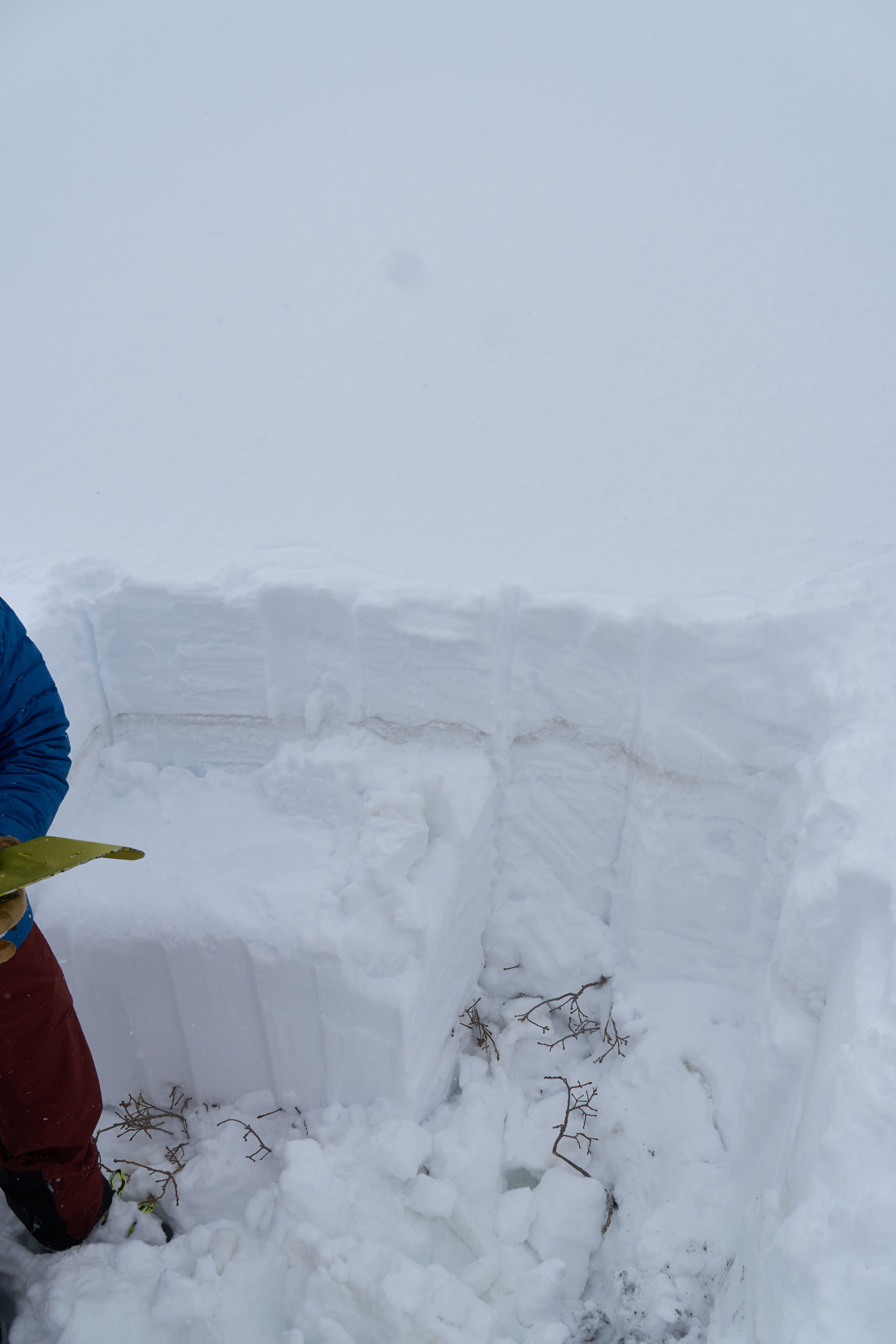
At around 8,900 the rise we were following petered out. We were fully in a cloud, and, despite knowing the terrain above was supposed to be low angle, we didn’t feel comfortable launching into the void ahead so we settled in to see if the clouds would break. We could hear a bunch of voices that seemed to be coming from right next to us, but we couldn’t locate them through the fog. Luckily, after about 10 minutes the clouds broke and we were pleasantly surprised to see a well populated skin track just up and to the right of us. Taking advantage of the clearing we decided the skin track route seemed safe and quickly made our way over to it.
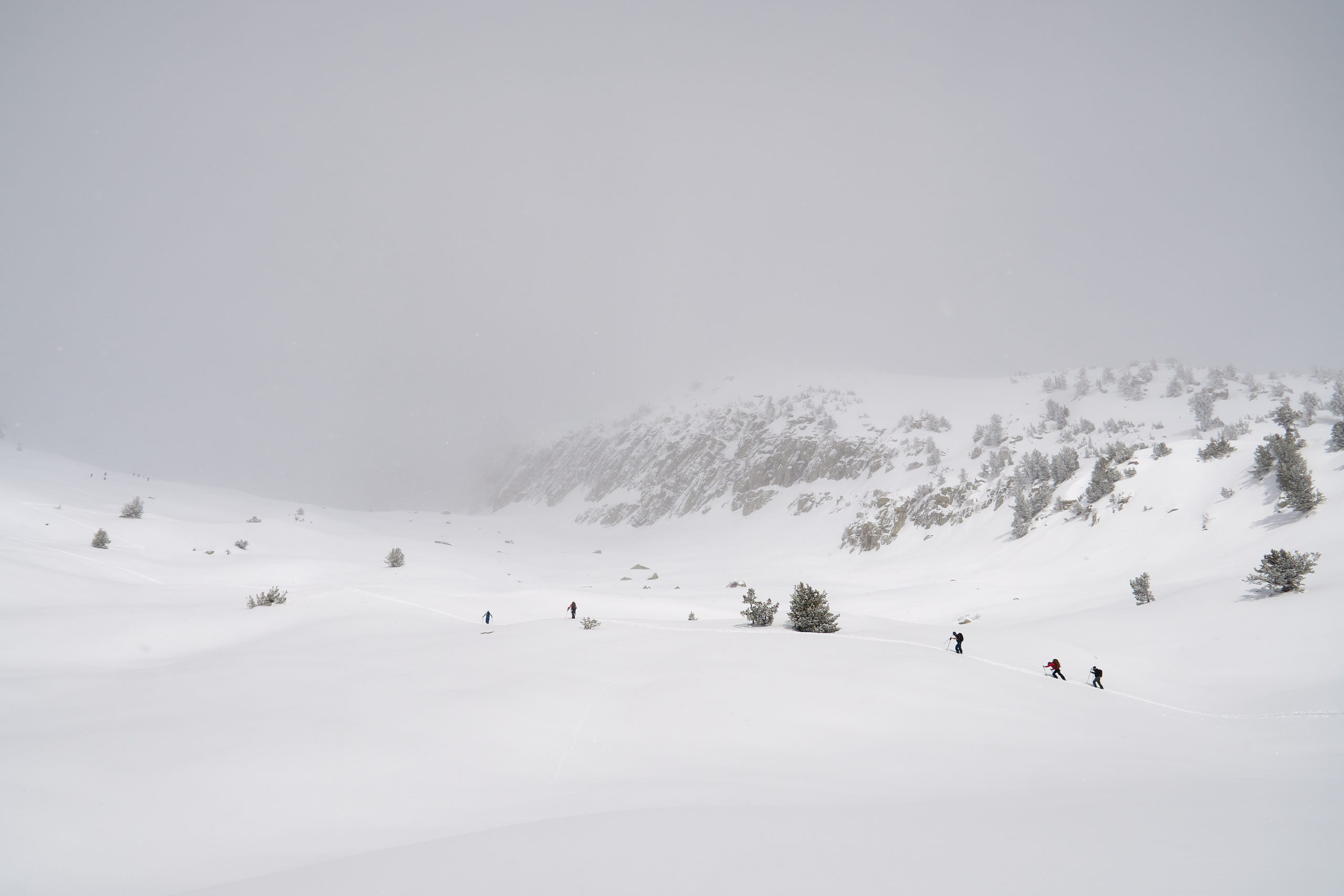
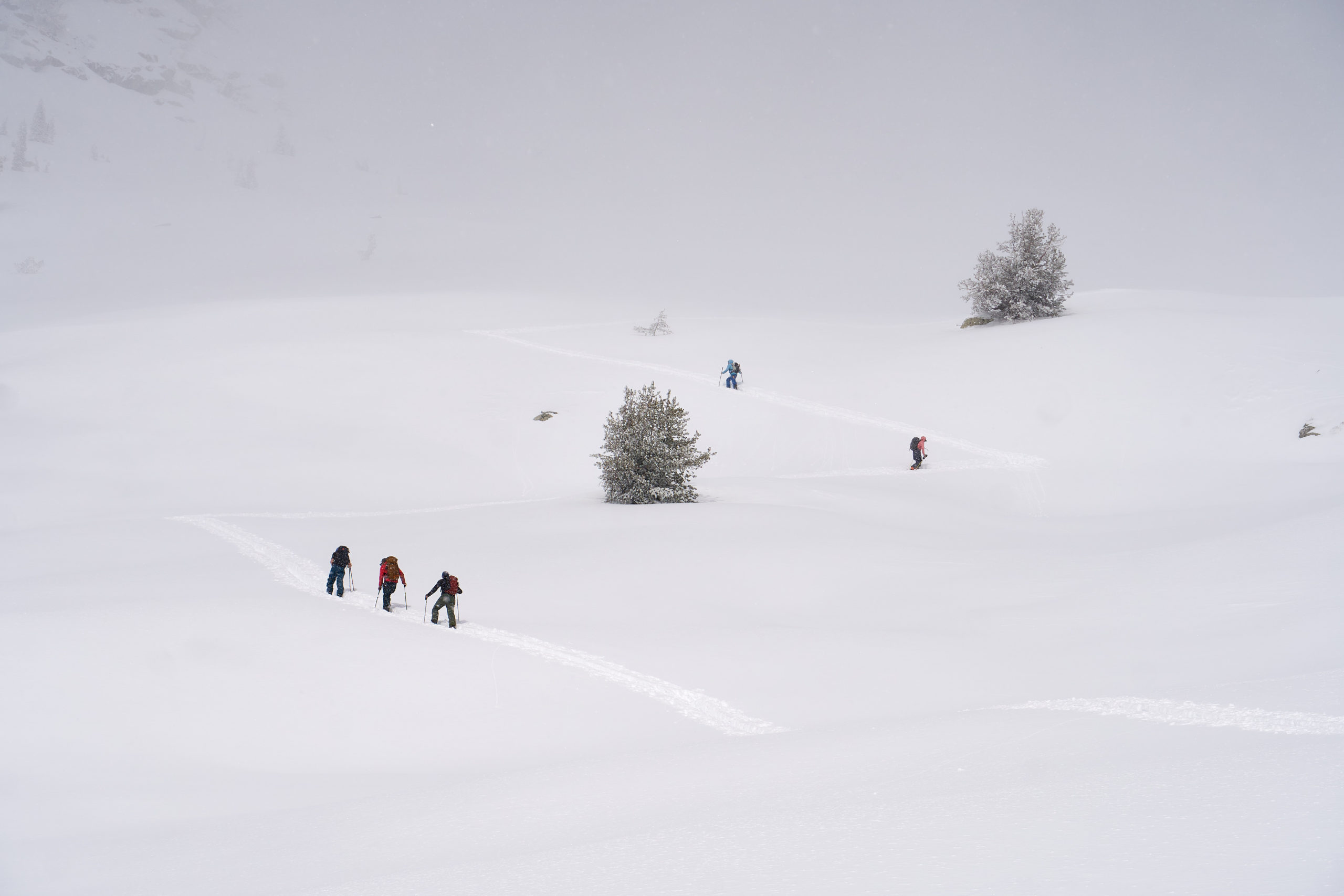
Following the well compacted skin track was a joy to skin on compared to the trail breaking we had been doing, and we made our way upwards for another 45 minutes. The weather was moody, with moments of near-whiteout interspersed with moments of bluebird skies. Eventually we arrived at where the skin track split left to the South Face of Lone Peak. As luck would have it, the clouds had again lifted and we rushed to transition so we could enjoy some visibility on the ski down. The skiing was as good as we had hoped for. The fresh snow and wide width of the run meant turn after turn of deep, untracked powder. With so many lines in the Wasatch getting instantly tracked out, it was a delightful change of pace to not be competing for fresh turns with the other skiers up there.
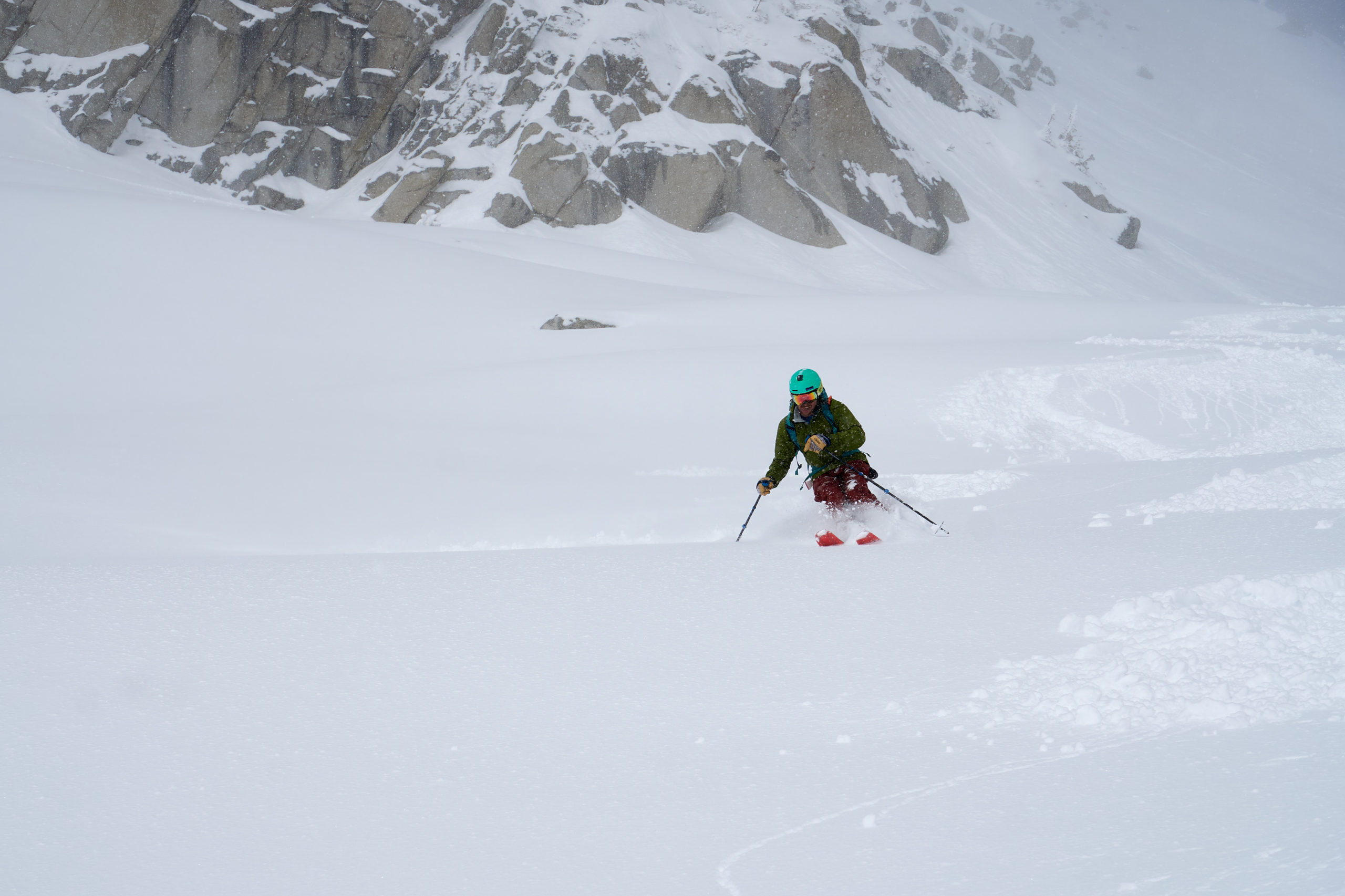
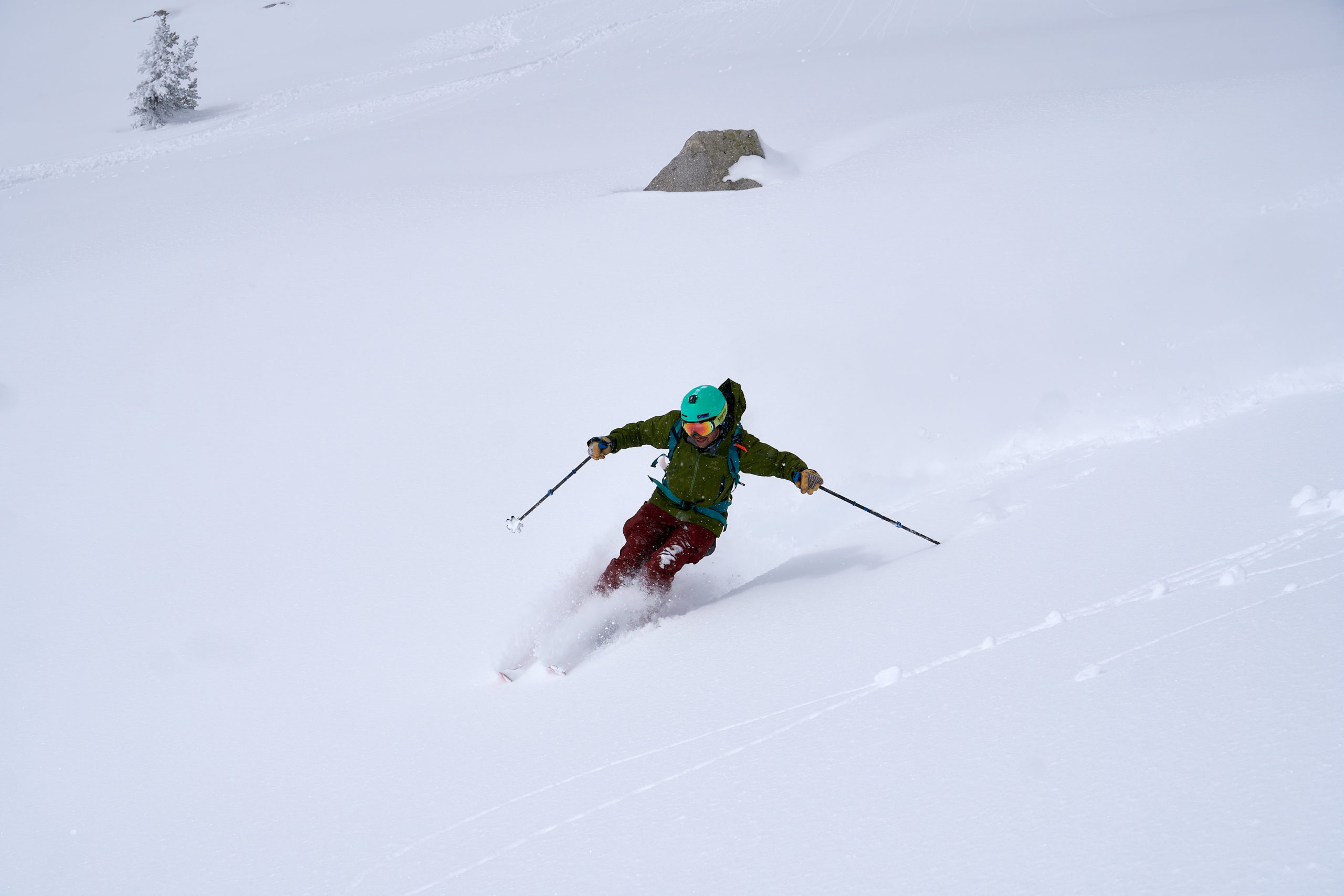
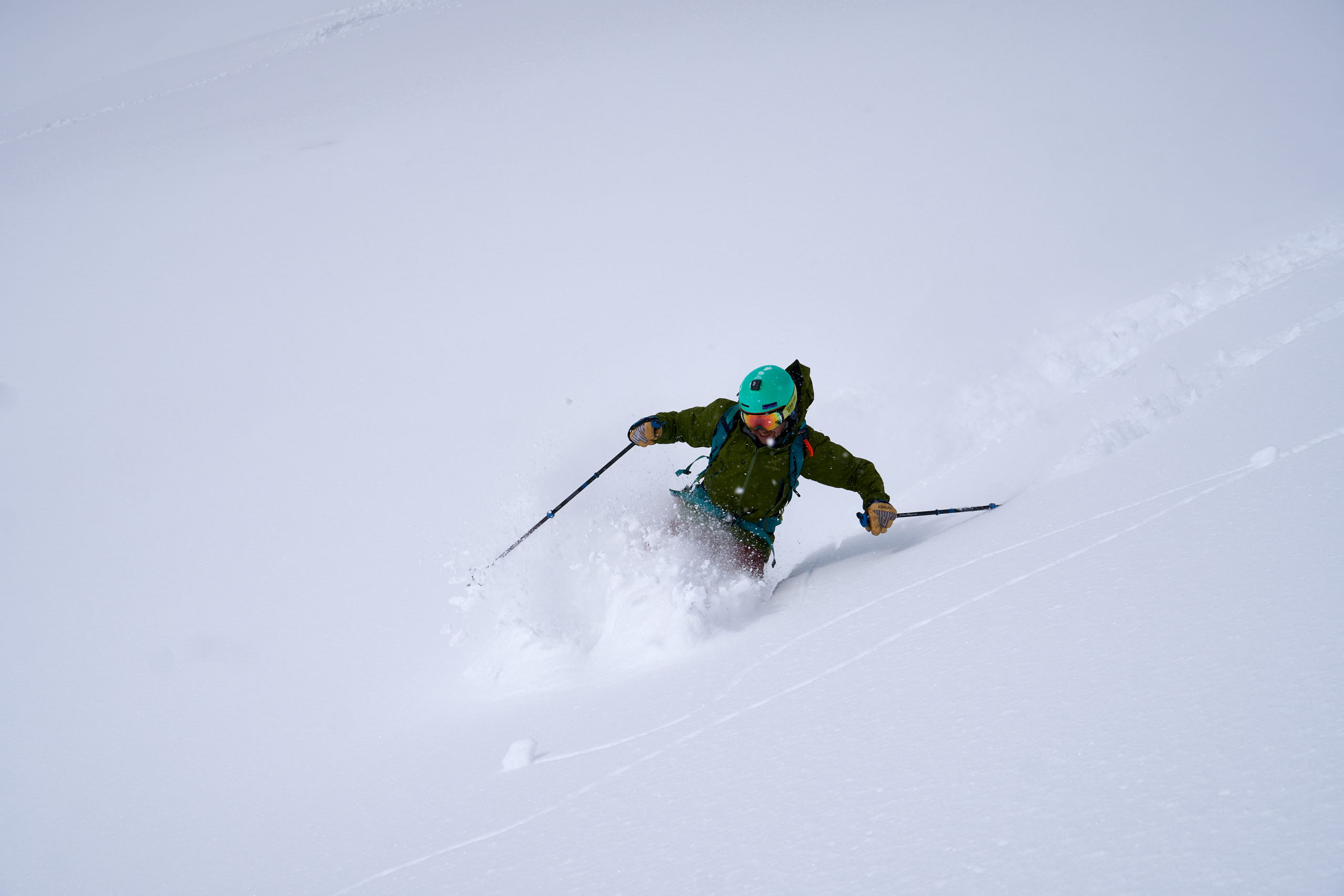

As we got close to the where we had left the ridge for the main skin track, the clouds began to quickly close back in and the snow became more variable. Deciding not to push our luck, Nate and I party skied back down the ridge, following our skin track for navigation. Soon enough we were back at the Second Hamongog, back amongst the trees where the navigating was easy, and we enjoyed another 3,000 feet of tight shrubs and power snowplowing. The weather down in the valley was warm and springlike, and we cheerfully walked the final mile out down the now melted out road.
With the high danger avy forecast and questionable weather, I had been unsure if we would do any real skiing. This day was definitely proof it’s always worth at least getting out and scoping conditions. The combination of helpful terrain features and fortuitous breaks in the clouds allowed us to have an awesome day skiing powder in the Wasatch.
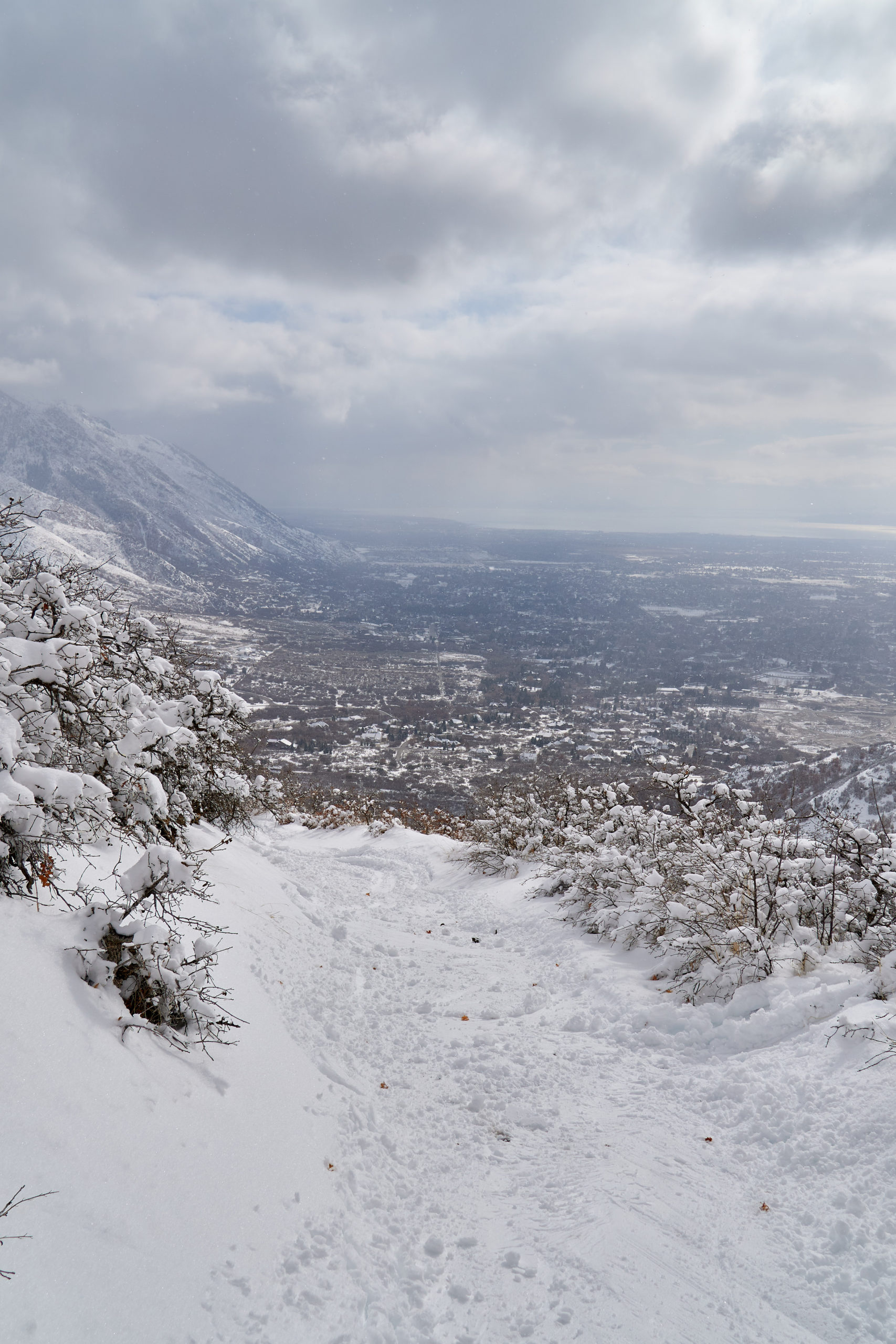
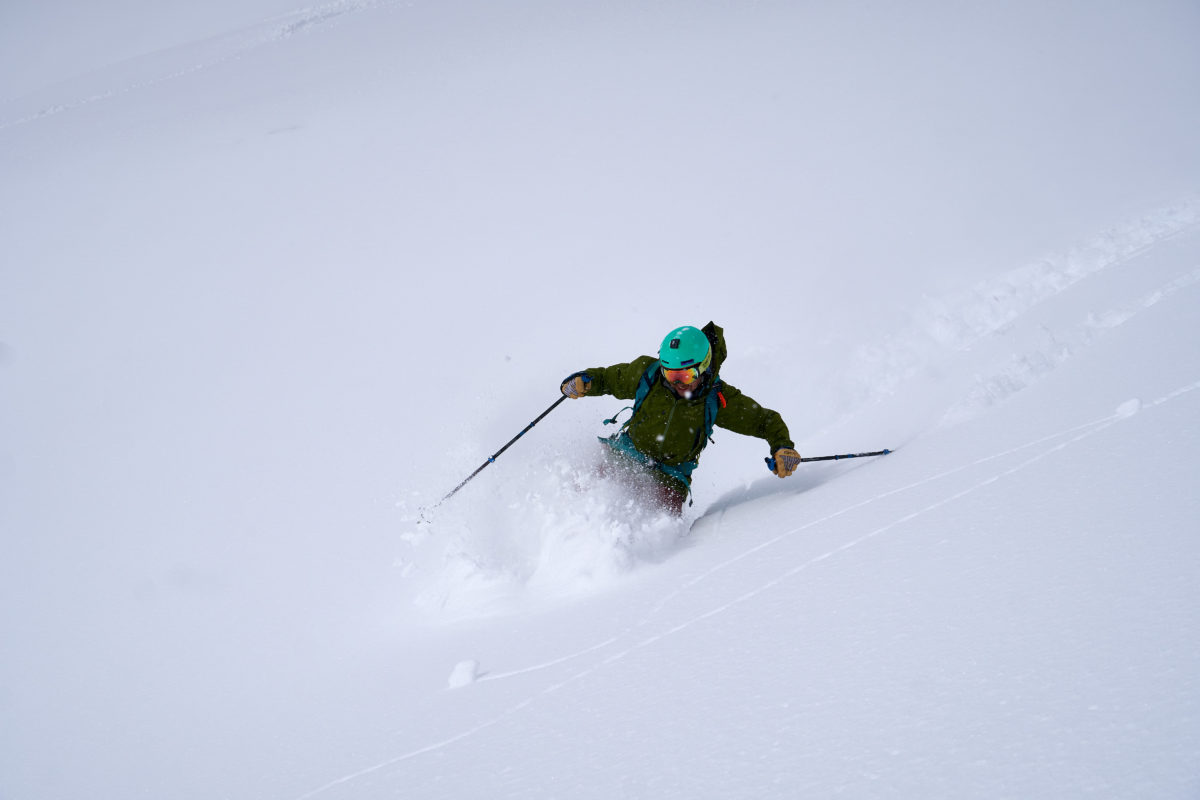
Leave a Reply